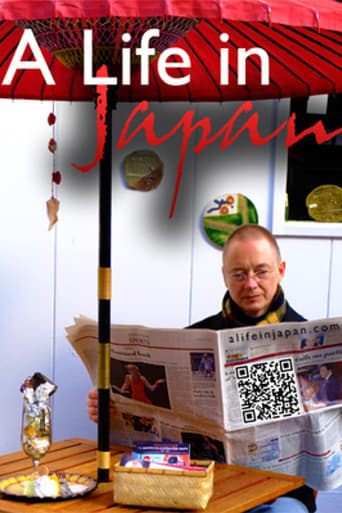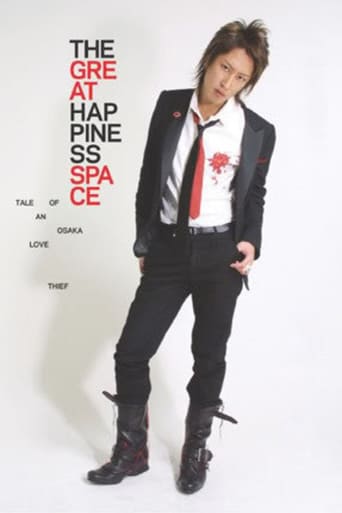


The Great Happiness Space: Tale of an Osaka Love Thief
Welcome to The Great Happiness Space: Rakkyo Café. The club's owner, Issei (22), has a staff of twenty boys all under his training to become the top escorts of Osaka's underground love scene. During their training, they learn how to dress, how to talk, how to walk, and most importantly, how to fake relationships with the girls who become their source of income. Join us as Osaka's number one host boy takes us on a journey through the complex and heartrenching world of love for sale in the Japanese underground.
-
- Cast:


Similar titles

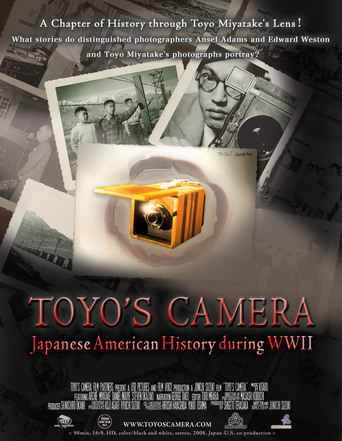
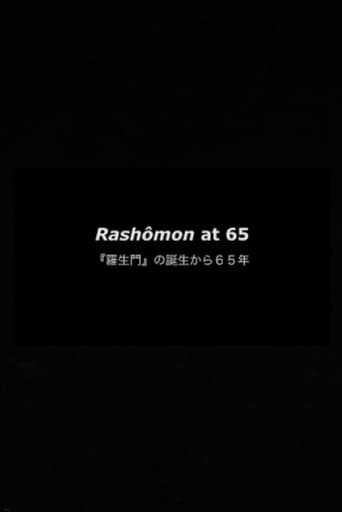
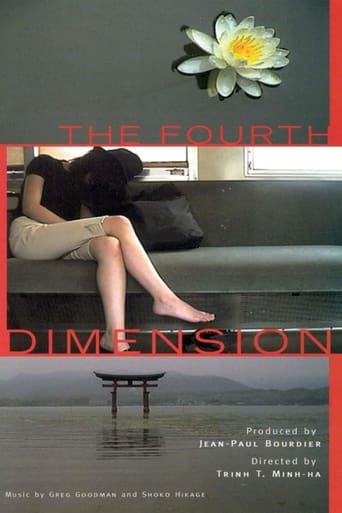


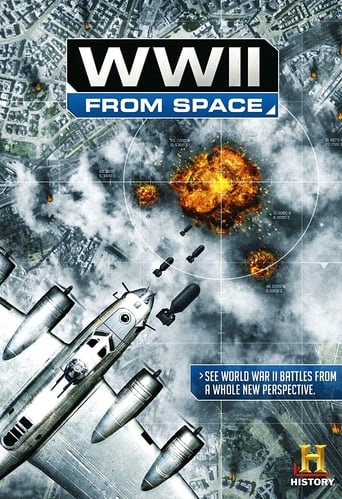


Reviews
Brilliant and touching
Pretty good movie overall. First half was nothing special but it got better as it went along.
Fun premise, good actors, bad writing. This film seemed to have potential at the beginning but it quickly devolves into a trite action film. Ultimately it's very boring.
The storyline feels a little thin and moth-eaten in parts but this sequel is plenty of fun.
This film, The Great Happiness Space by Jake Clynell, was an intriguing, thought-provoking and sometimes disturbing glimpse into a culture that is, to most, unfamiliar if not unthinkable. It engages the audience in a no-holds-barred look at the Japanese male companionship trade, providing insight into reasons for why men become hosts as well as why women seek out their services. Question after question was raised in my mind not only about the lives of the men working at Osaka's Cafe Rakkyo but also about a culture in which this industry can exist and thrive. What are these women lacking in life that makes them shell out thousands of dollars just for amusement, entertainment and male company? Many reviews and even the synopsis on the website, compare these male hosts to geisha, citing them as a contemporary male version of this ancient tradition, but I have to disagree. Geisha were well trained in a variety of art forms and provided dance and music in addition to their intelligent conversation to the men who paid to spend time in their presence. The male hosts at Rakkyo lack these talents and, instead, offer a different set of services and fill a very specific niche in a Japanese society that has an interesting relationship to sexuality and intimate relationships.This is a movie to watch, not just to learn about the sex trade in Japan, but also to spark thoughts on why men and women both seek intimacy in its different forms within the service industry. Having lived in Japan and possessing an interest in gender and sexuality issues, I thought I knew what I was getting into when I pressed the play button, but this film introduced ideas and concepts that I shuddered at and could not stop thinking about for days.
Café Rakkyo is a host pub, where young men act as hosts to young women who pay them for their time. This can involve sex but a good host will keep that for as long as possible because often a customer will leave him and not come back once she has had everything he can offer. The hosts earn about US$10,000 US$50,000 each month and are mostly young men. The owner of the Raffyo café is Issei, one of the most popular hosts out of his staff of twenty, acts as our way into this strange world of underground love and friendship.A supremely odd film this one, well, a film of a supremely odd world anyway. I cannot think of anything like it in the UK. Even with the sexes reversed, strip clubs and escorts are very much about money for sex or sexual favours, I can't think of services where women can hang around with men in clubs in the way I saw within this film. I think the film recognises this because it structures itself as a gentle way in to the world for the uninitiated. At first the film just explains it and lets us see the club, listen to the hosts and the girls who come for their company talking about love and longing. However the "twists" come once we understand as the film starts to push below the superficial workings of the club and get a bit more into the people who pay and get paid.Most of the girls we hear from seem to work in a similar industry as the male hosts and their reasons for going to the club seems to be as part of a healing process. The overwhelming impression is of how fake it all is and how empty the lives be. It put me in mind of the line from Common's most recent album where he talks about a stripper when he says "at first stripping seemed so empowering, Most every girl wanna do it now and then, But being meat every day is devouring" because you can see the emotional damage being done within this world where everything is purchased and a transaction everyone seems to want the real thing but nobody has it. Some show the cracks but most have it hidden but it does come out the film wisely keeps the signs of stress and damage till the end, again giving a strong structure.Overall a very good film about a very strange world. Being so remote from this sort of experience the film could have left me cold but the structure of the film makes it work really well and produces an interesting and quite emotional documentary.
This is a fine documentary as it first draws you in, building up the myth and reputation of Issei, the enigmatic and charismatic club owner (as others have said). The host boys are indeed hip and stylish, and the initial part of the film shows the 'neverland' where girls can buy an evening with the ideal guy... sad, but still, a standard business transaction, right?However, after that you learn more about the girls and what they do in order to raise the money to feed their habit or addiction or passion (whichever you may see it as) for their favourite hosts. Then what looked like an interesting social phenomenon starts to seem like a twisted interrelationship between industries. The film is good because it doesn't take sides; it shows different perspectives on the same issues and leaves you to draw your own conclusions. It shows different aspects of life at the host club, different parts of the process - from picking up girls to closing time. It raises questions - sure, these guys can earn millions of yen a month, but really, what is the profit at the end of the day? Different people watching it will draw different conclusions, I'm sure. A good one for discussion on gender issues (I for one don't really see it as women getting their own back - to me, the men are still in control here, and women are doubly victimized, but you could take it differently too), social matters, etc. A good watch and a well-made film.
I don't know What movie that last commenter was watching, but it sure as hell wasn't this one. This is a depressing, depressing film, and you will NOT learn any sex tricks in this movie -- in fact, no one actually gets laid at these host clubs. Nor will you learn how to anything about pleasing a woman, nor anything about charm: these youngsters engage in a frightening deathlike ritual, where the traditional courtship rituals are endlessly repeated, completely emptied out of any spontaneity or novelty."I would die for Issei" -- one girl proclaims -- little wonder, since every single one of their actions seem to reach out for death.Is Japan the death intrinsic to modern life? The naiveté of more maddeningly superficial examinations of Japan (e.g. the insufferable Lost in Translation) attempt to delimit the borders of life and death in terms of the most superficial and ethnocentric terms. But, the power of documentary comes from the ultimate NEGATING of racial difference in search of a more fundamental ground for the determination of life and death -- and in the sympathy in which these characters are portrayed and the philosophical clarity in which these characters speak (The Japanese, introspective, sentimental, and highly educated, are naturally drawn towards a certain form of philosophy) we find the possibility of thinking the death of all civilizations.

